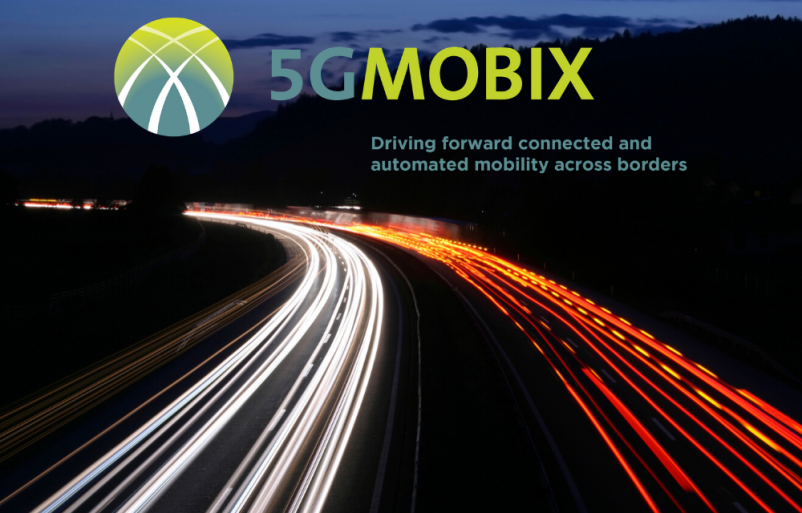-
Categories
Crossing the border between Greece and Turkey with 5G MOBIX
The webinar hosted by the ERTICO Academy on 29 June presented the main activities of the Greek-Turkish cross-border trial corridor of 5G-MOBIX.
The panel, coordinated by Barbara Basdeki of ICCS, included speakers from pur partners Turkcell, Ericsson, Ford Otosan and WINGS ICT Solutions.
The webinar provided an overview of the trial site corridor, giving information on its location, the deployment of the 5G network infrastructure and the development of OBUs/RSUs/applications. User stories around ‘platooning with see-what-I-see functionality’ and ‘assisted border crossing’ were illustrated. Explanations were also given on the challenges that need to be overcome.
The border crossing between Ipsala Turkey and the Greek town of Kipoi allows commercial transport to travel between the two countries. At this border crossing, there is a customs area, where administrative procedures and x-ray checks on passing vehicles are performed, and innovations such as truck platooning and assisted border crossing are being implemented as a part of the trial. This cross-border corridor is one of the eight trial sites in the project, where the others are the border corridor between Portugal and Spain and the six pre-deployment trial sites in Germany, China, Finland, France, South Korea and the Netherlands.
Presenting the cross-border corridor, Nazli Guney of Turkcell said:
“This project is important because automated mobility is necessary for the future in order to meet our demands for efficiency and sustainability. To make this happen, cooperative mobility needs multiple actors from industry to solve the potential challenges. What’s for sure is that there are many business opportunities for this sector to exploit.” Companies involved in this project at the border crossing include Ford Otosan, COSMOTE, ICCS, Intrasoft, WINGS, Ericsson (Greece and Turkey) and Turkcell. These companies need to solve issues related to the necessary requirement of higher connectivity and real-time processing as well as dealing with issues of trust, certification and law enforcement.
Ioannis Masmaidis of Ericsson pointed out the delays faced by the project as a result of the recent pandemic, but praised the collaboration within the project and motivation of those who had invested resources. Tahir Sari of Ford Otosan presented the innovative technology involved in platooning and its relevance for commercial trucks passing through the border. He stressed the benefits of platooning as well as the secure and safe application of platooning operations. He also presented how the distance between vehicles is safely controlled to ensure that they can be moved swiftly and efficiently even when progress in their journey is interrupted by other vehicles.
One constant challenge at the border is preventing the smuggling of goods and trafficking of people through the crossing at the customs area. Innovative technology is being used for this role as well. Kostas Trichias demonstrated a new technology that recognises when illegal substances, goods or people are contained in freight entering the custom area. If this is the case, the recognition technology prevents the vehicle from crossing the border and warns customs of its contents.
The consortium’s vision is to pave the way towards a sustainable and profitable 5G deployment in Europe and beyond, and to significantly advance connected and automated driving functions beyond the state of the art, and thus to accelerate the take-up of automated vehicles.
